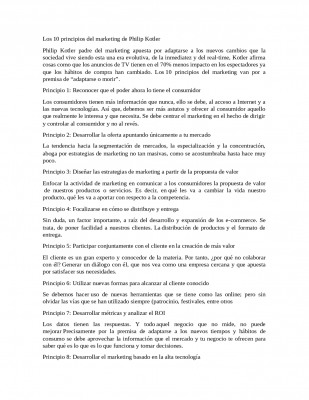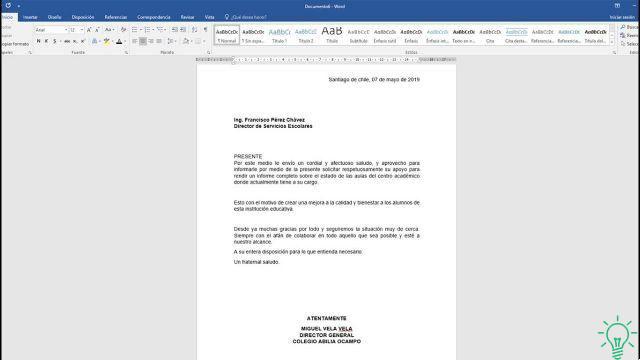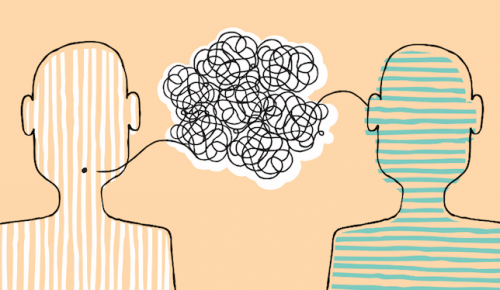Knowing the dynamics of work groups is very useful for companies. In this article we present some of the most effective.

Last update: July 21, 2021
The professionals in charge of recruiting are very interested in the ability of employees to work as a team, because better results are achieved. For this reason, there are some dynamics of working groups that can help evaluate employees, to improve the relationship between team members and to assign them a certain role.
Thanks to the dynamics of the working groups, it is possible to observe which people have leadership skills, who is more performing, who is more creative, who uses logic the most, etc.
Identifying these characteristics is important to create a work group made up of individuals who have different skills that allow you to realize a common project. Let's see some dynamics of the most effective and interesting working groups.
5 dynamics of working groups
1. Dynamics of the working groups: the 5 ideas technique
The first dynamic of working groups is aimed at enhancing creativity. Creativity is essential, especially in jobs involving advertising, fashion, etc. We proceed in the following way.
In just five minutes, each group member should write and share five ideas with their group mates. At first, some proposals may seem far-fetched, but with the right approach they can turn out to be exceptional. This is a very fun dynamic.
2. Change roles
One of the dynamics of working groups used most frequently. It is about changing one's role within the working group. Someone will be the boss and the others the employees. The important aspect of this dynamic is that one or more problems must be addressed.
The skills of each member of the work team will allow you to find a different solution to the problems depending on the role you have within the group.
It is a way to introduce new perspectives in the search for solutions to problems. Both individuals and the group will benefit from this dynamic.
3. Dynamics of the working groups: brainstorming
Brainstorming is one of the work group dynamics that companies use when a group is in trouble with a new project. It is used to work on group performance and improve the creativity and self-esteem of each team member.
What's it about? Through brainstorming, each member of the group shares their ideas on a certain topic or project. It doesn't matter if they might seem absurd or outlandish (as in the first of the work group dynamics we told you about).
The interesting thing is that any idea could be valid, even if it is ultimately not useful and is discarded. This dynamic fosters communication and improves group confidence by making each member feel more appreciated.
4. The dissatisfied customer
This dynamic is very important, especially in sectors intended to attract public attention. The benefit it brings to the working group is that it will allow its members to develop and improve the management of emotions and at the same time being able to solve a difficult situation with a client.
To implement this dynamic, one member of the workgroup must pretend to be a dissatisfied customer while another will be the employee. The important thing is not that all team members participate in the activities, but rather that they analyze how whoever does the employee manages their emotions and solves the problem.
This dynamic will help each member do their part in helping others learn ways to deal with difficult or very demanding customers.
5. Under pressure
The fifth dynamic of working groups consists in solving a problem proposed to various working groups. The aim is to find a solution as soon as possible. Hence, there must be good communication and organization within the group to avoid wasting time.
This dynamic allows you to learn how to manage stress so as not to block the group and to find a quick solution. It is an excellent practice that will allow the work team to better tackle a last minute project for which time is reduced.
Conclusions
These dynamics (or exercises) allow to develop the skills and abilities of the members of the work group by bringing out the talent of each one. This allows the company to grow.
The working groups not only mthey improve the operations of a company, but also of individuals that compose them.

























